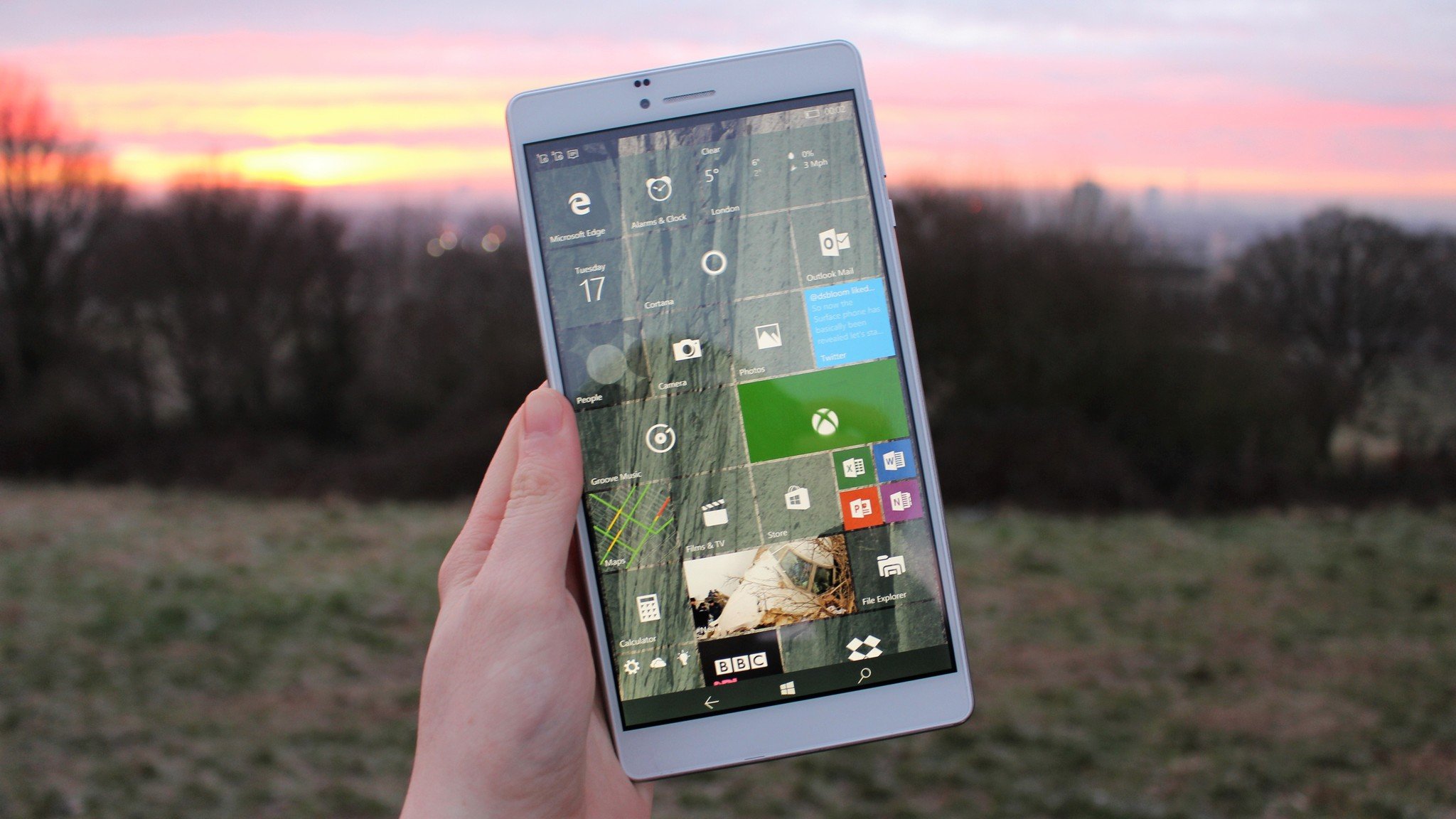Windows 10 Mobile runs on both phones and tablets, which I'm sure many of you already knew. I wouldn't blame you if you didn't know that, however. We've only ever really seen Windows 10 Mobile on phone-sized devices, and you'll be hard-pressed to come by an actual tablet powered by Windows 10 Mobile on the market. This is odd to me, as several hardware makers have unveiled tablets running Windows 10 Mobile over the last year, yet none of them appear to have made it to market.
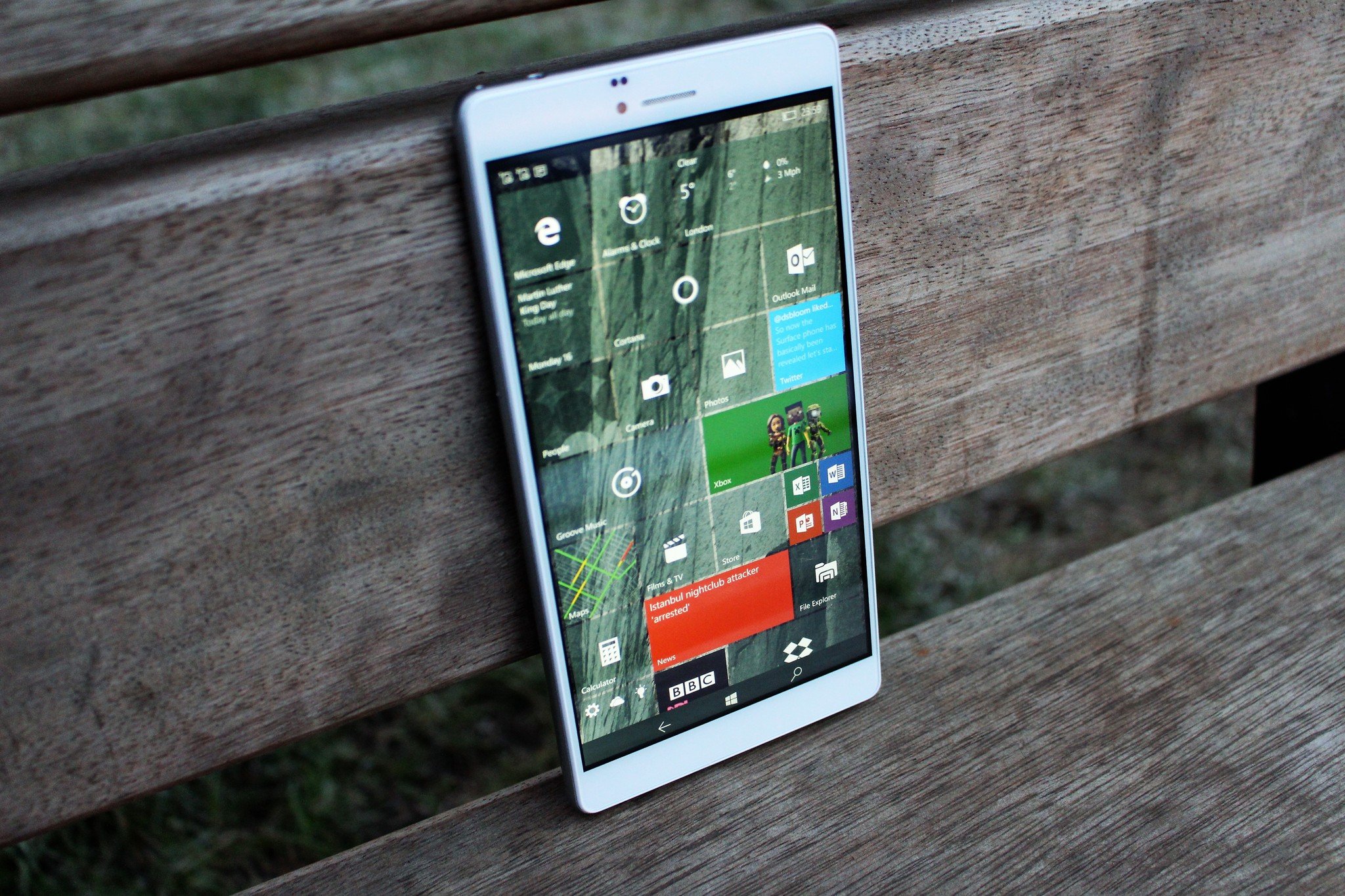
Well, almost none of them. One tablet called the CUBE WP10 is a 7-inch tablet/phablet you can buy on the internet right now, powered by Windows 10 Mobile and rocking relatively low-end specs. It's by no means a high-end device, but that didn't stop me from buying one and getting it express-shipped over so I could go hands on as soon as possible. That was several weeks ago, however, so how has the tablet held up?
Snapdragon 210 Powered
CUBE WP10: Specs
- Display:
- 6.98-inch HD display
- 1280 x 720 resolution
- IPS
- Processor:
- Snapdragon 210 Processor
- 2GB RAM
- 2850mAh battery
- Storage
- 16GB internal storage
- microSD card slot
- Micro-USB
- Camera
- 5 MP autofocus rear camera
- 5 MP fixed-focus front camera
It's not great
CUBE WP10: Full Review
The CUBE WP10 is the first, and as far as I'm aware, the only Windows 10 Mobile tablet on the market today. It's available for sale for around $120 from online retailers such as GearBest, but I wouldn't recommend buying one. As you'll come to see in this review, the CUBE WP10 gets more wrong than it does right, which is unfortunate, to say the least. I was so looking forward to giving Windows 10 Mobile a go on tablets, but this attempt by CUBE is simply not something I can recommend to anyone.

Before we dive into the good and bad, however, let's lay down some groundwork for what this device really is. The CUBE WP10 is actually a phone, with cellular connectivity meaning you can stick a SIM in it and take phone calls. So in reality, it's more of a phablet than a tablet, but I hate the word 'phablet,' so we'll stick with tablet throughout this review.
Even though the CUBE WP10 is a phone, I've actually been using it purely as a tablet throughout my use, meaning my review is coming from a tablet-only standpoint.
Surprisingly well built
CUBE WP10: Design and Hardware
One thing the CUBE WP10 does get right, and surprisingly so, is its design. It doesn't feel bad at all in hand, and in my opinion, it certainly fits the bill as a $400 mini-tablet. It's rocking glass on the front and back, with metal surrounding the sides, which means it doesn't creak or feel cheap at all. I was honestly surprised by how nice it feels in the hand, especially for its price tag.
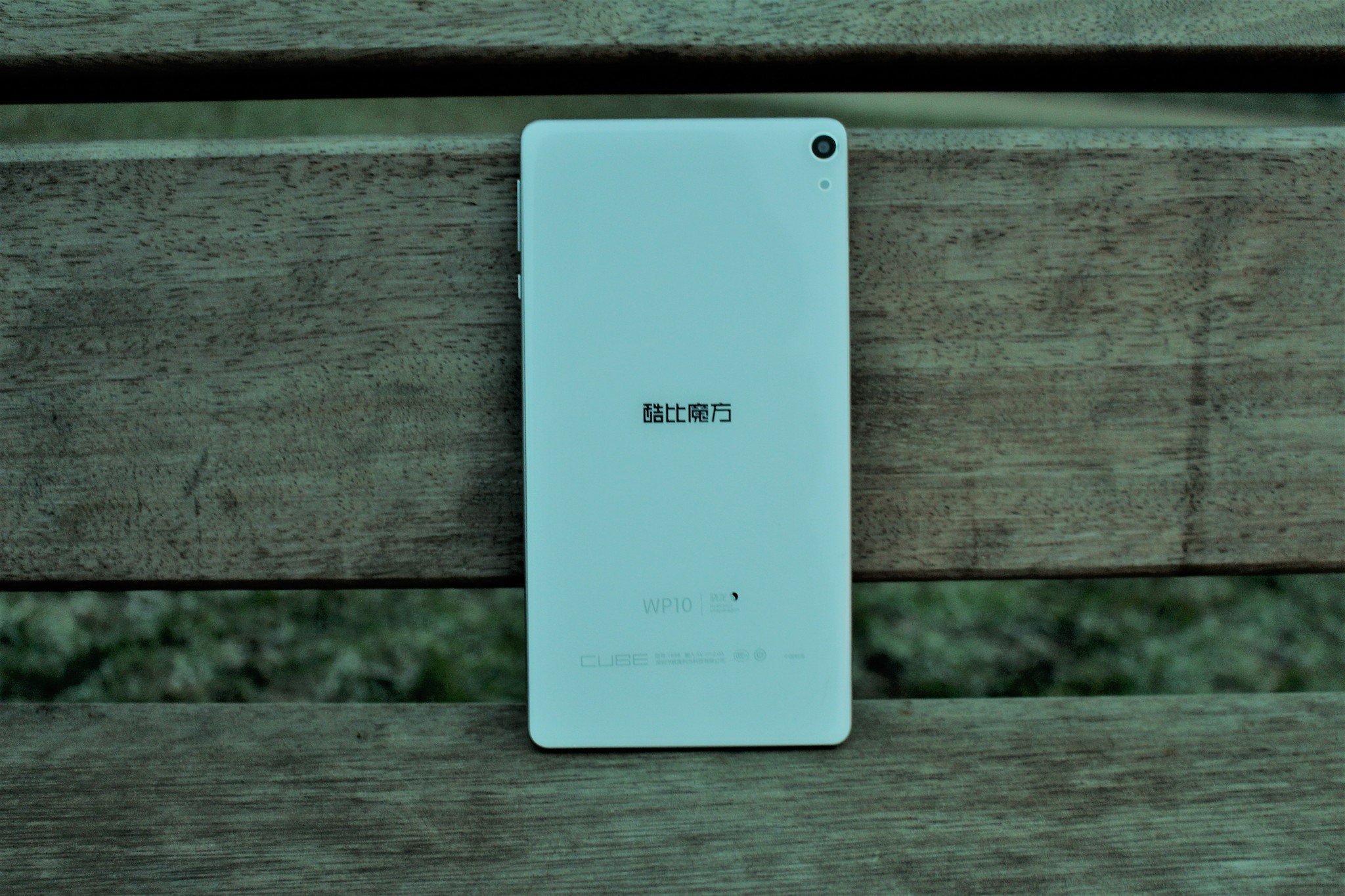
The CUBE WP10 comes in a glossy white color, which looks nice enough. There aren't any other color variants as far as I'm aware, with the white/silver model being the only one available online. All in all, I can say I'm impressed with the design of the CUBE WP10, but this is the only area in which the CUBE WP10 stands out. The rest is down hill from here.
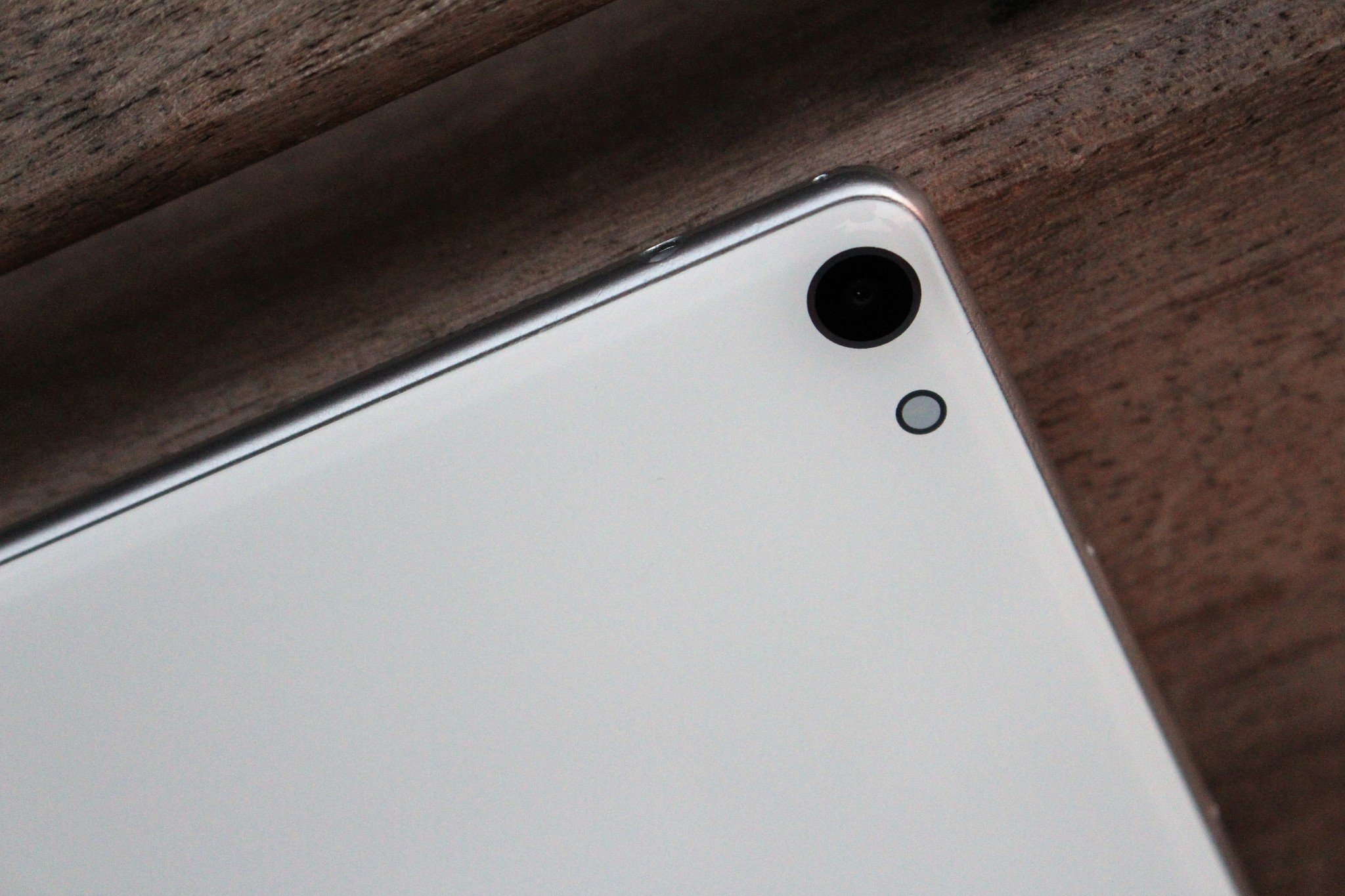
Let's move around to the screen, which is nothing special to begin with. It's a standard HD IPS screen, so you can clearly see pixels especially at 7-inches. Considering this is a low-end device in the first place, this is to be expected. It's a bright screen that at this price tag I can't fault... unless the screen actually sat where it's supposed to.
I kid you not, the screen on the CUBE WP10 is in the wrong place. It sits below the viewable area by just a few pixels, leaving a noticeable gap at the top of the display and cutting off the bottom of the navigation bar and apps. This appears to be an issue on all CUBE WP10 devices, and is something I can't seem to fix.
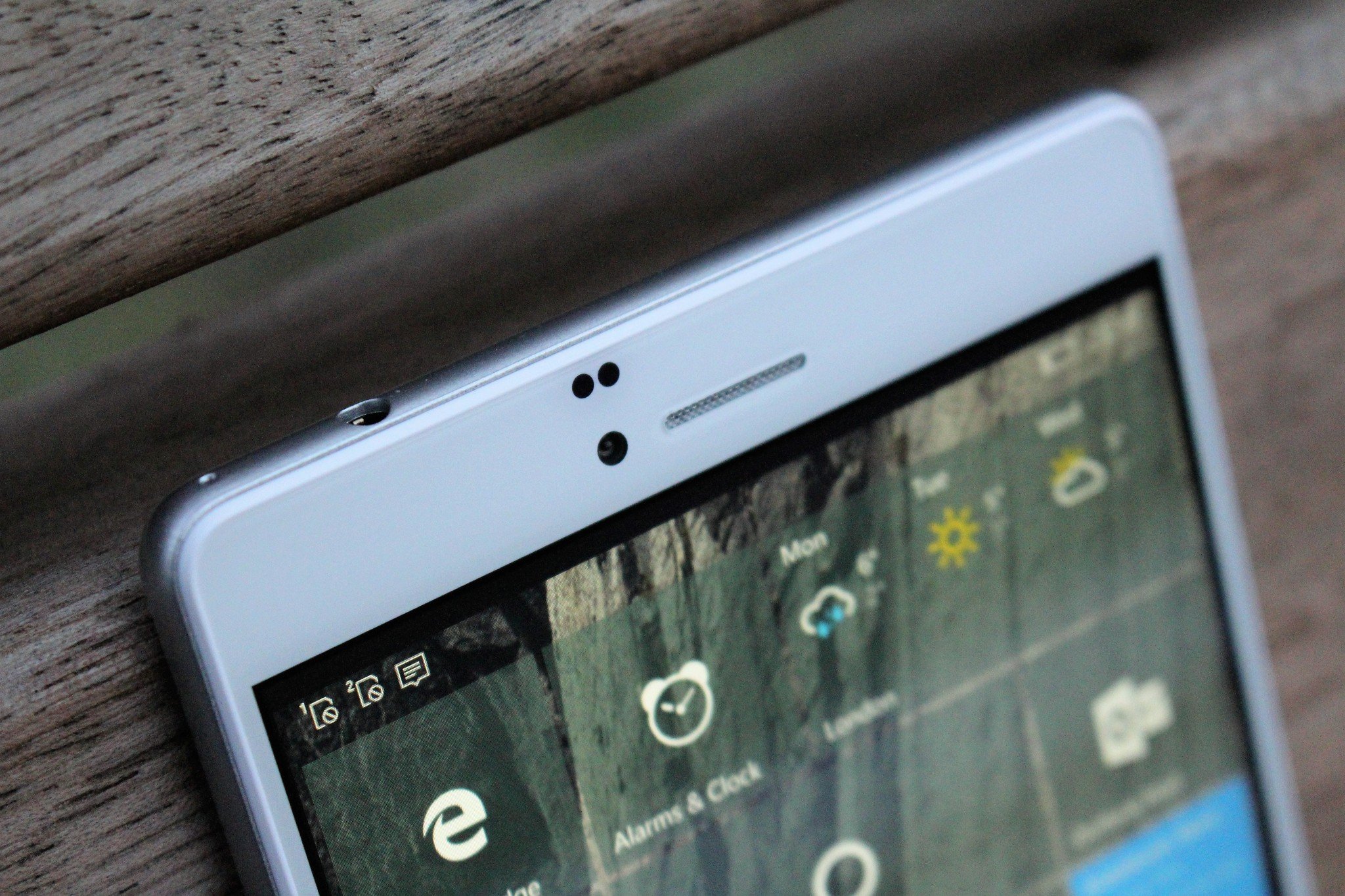
It appears to be a software issue, as the actual LCD is positioned correctly with the frame of the display. Windows 10 Mobile just seems to think that the viewable area is slightly below where the LCD is, and it's super annoying. Because of this, the touch calibration is off a noticeable amount. For example, when drawing in Fresh Paint, the paint comes out below my finger rather than right under it. It's terrible.
Disappointment all round
CUBE WP10: Windows 10 Mobile
The main reason I found the CUBE WP10 so interesting to begin with was because it was powered by Windows 10 Mobile, and I was curious to see how the operating system would work on a tablet-sized device. To my dismay however, CUBE have done absolutely no optimization to Windows 10 Mobile at this screen size. At 7-inches, you'd expect Windows 10 Mobile to scale accordingly even at a resolution of 1280 x 720. Windows 10 Mobile on the CUBE WP10 makes no attempt at even pretending it's on a tablet. It simply blows up the standard 4-inch phone UI.
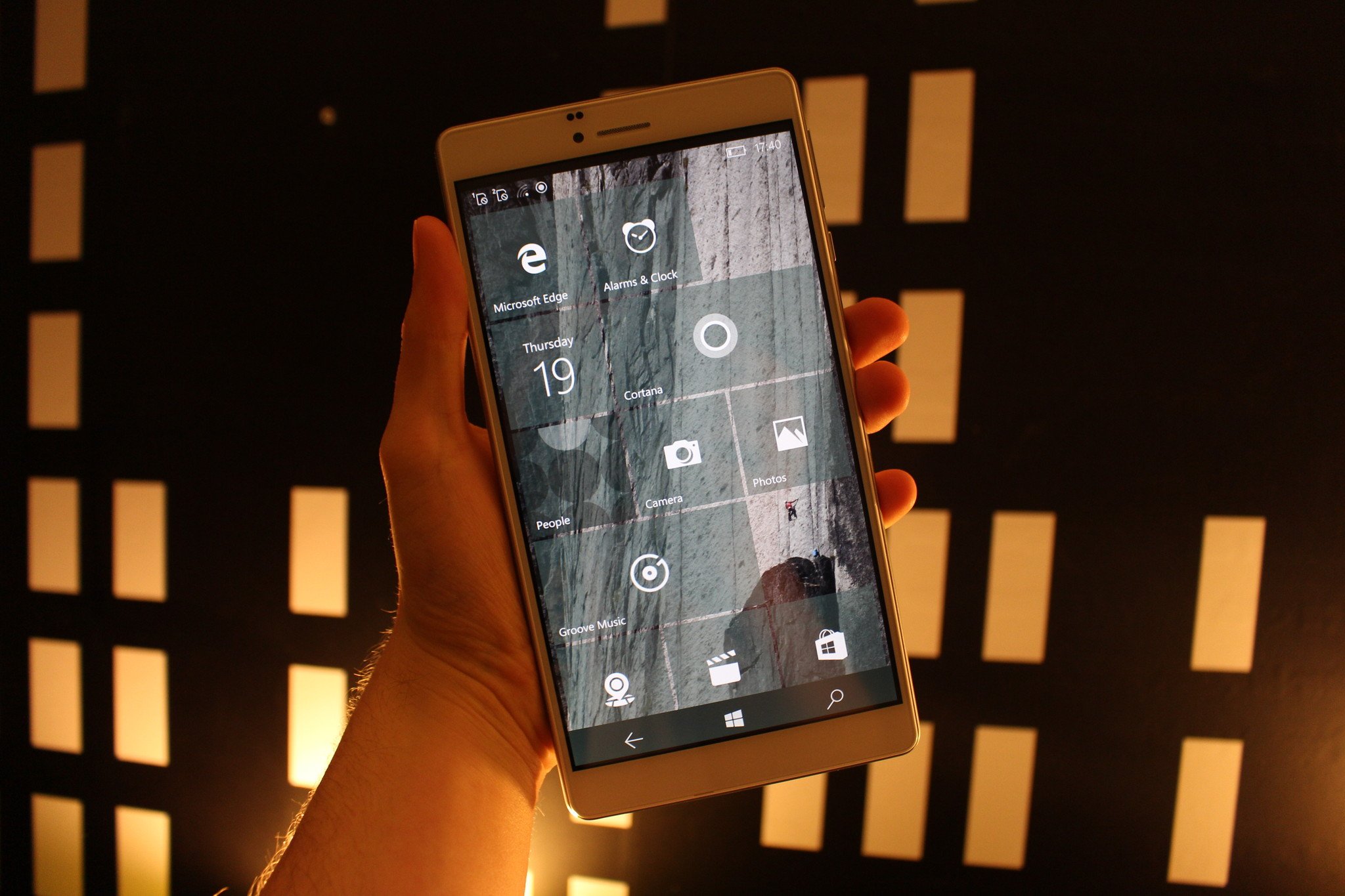
Trying to scale the UI with the built-in display size option in Settings basically made no difference and was still scaling the UI poorly at 7-inches. Windows 10 Mobile should scale well at this screen size, but on the CUBE WP10, it doesn't. Apps display as if they were on a 4-inch device, the multitasker doesn't show you 4 apps at once, and they keyboard isn't movable or snap-able to either side of the screen, as it should be at 7-inches.
You can, once lowering the display scaling to its lowest possible setting, enable the 4-column wide start screen you'd expect on a tablet, however, this doesn't change the experience anywhere else such as within apps. They still show up as if they were running on a small phone, rather than a 7-inch display. Disappointing.
So why is the experience not more optimized for 7-inches? Is this Microsoft's fault or CUBE? I can't know for definite. However, I'm fairly certain it's more CUBE's fault than Microsoft's. It looks like CUBE has done little-to-no optimization to their Windows 10 Mobile install, meaning the OS is just defaulting a lot of settings that I assume are customizable by hardware makers.
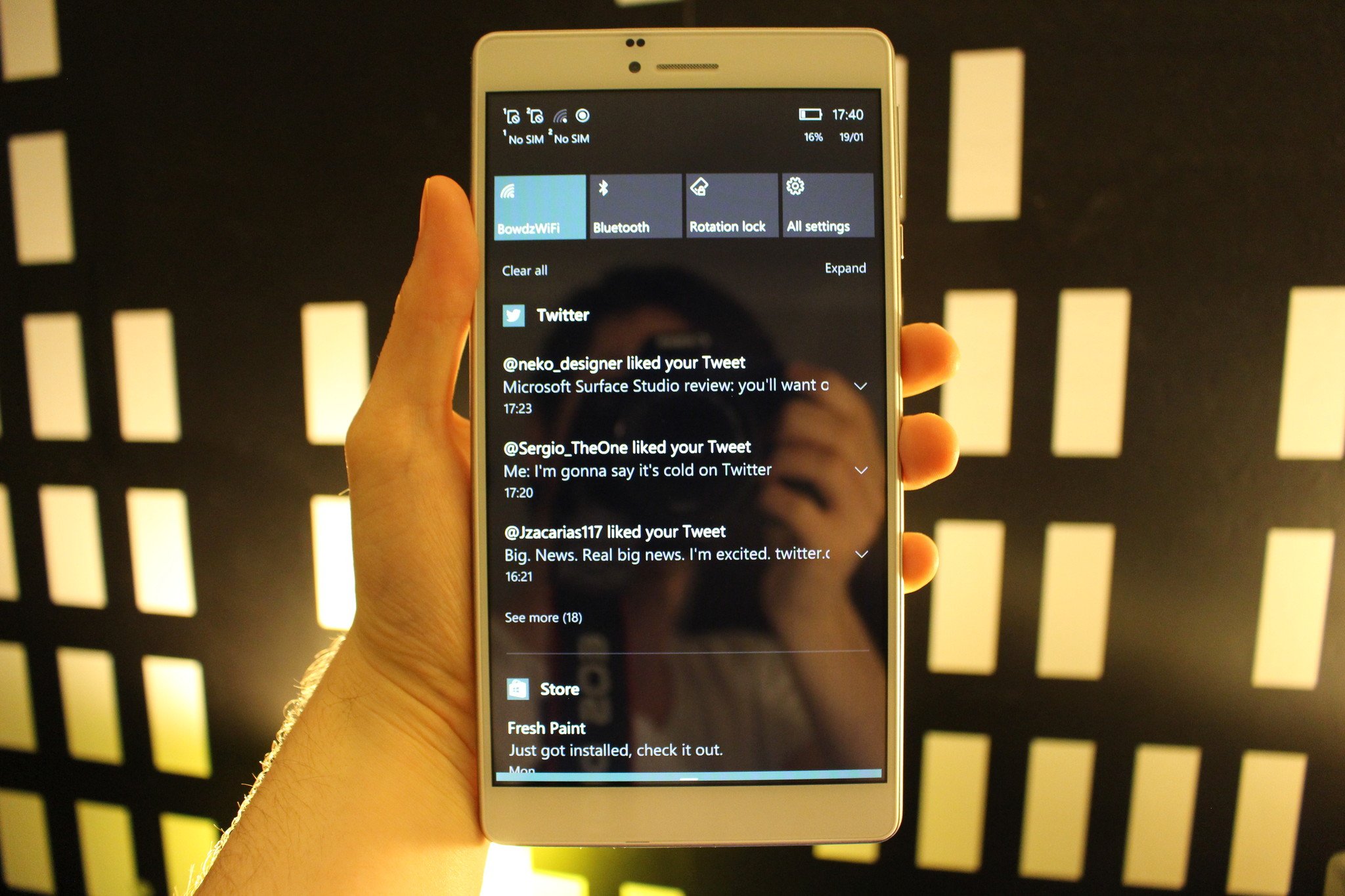
If you thought that was bad, then get a load of this. The CUBE WP10 doesn't get any updates. None at all. The Insider Program does not support it and as far as I can tell isn't getting any updates from the Production branch either. It's stuck on 10586, meaning you're left out in the cold when it comes to apps that require the Anniversary Update or newer.
Based on the display being in the wrong place, the OS scaling poorly at 7-inches and the device not being supported with any updates, I can't recommend this device at all.
What could've been
CUBE WP10: Done Right
The CUBE WP10 is abysmal out of the box, it's not something I can recommend to anyone, and I'm sure you agree with me given the issues above. However, this is Windows after all, meaning things can be tweaked with and "hacked" to work. So I did just that.
I Interop Unlocked my CUBE WP10, and with help from a few knowledgeable contacts, was able to force the CUBE WP10 onto the Anniversary Update, and enable a more tablet-scaled UI similar to that on the HP Elite x3.
There's nothing I could do about the operating system showing up slightly below the LCD, so I had to make do with that, but I was able to fix basically everything else. This made the experience far more enjoyable on the CUBE WP10, and I was finally able to experience Windows 10 Mobile on a tablet with a much more bearable UI scaling.
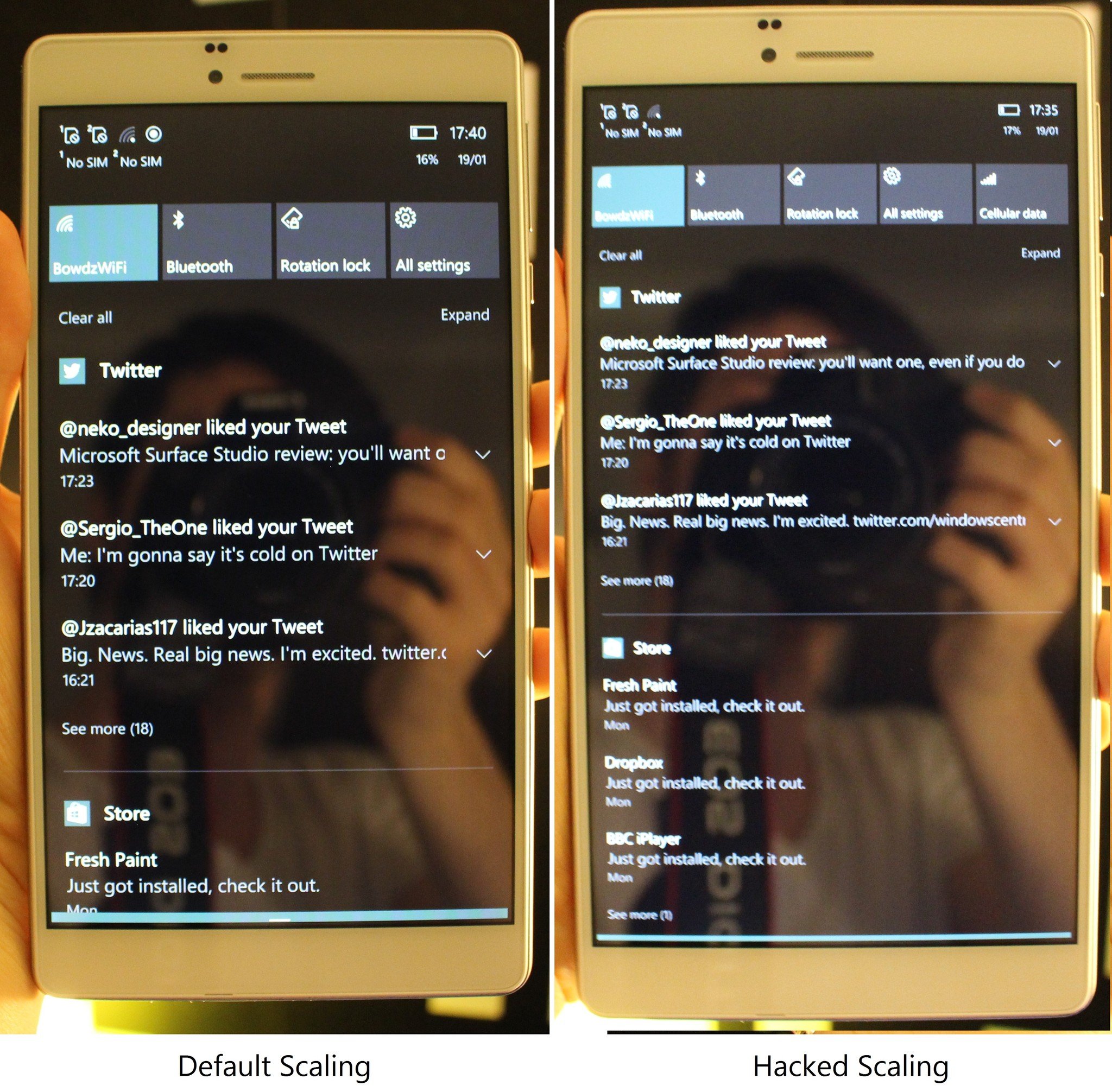
So how is Windows 10 Mobile on a tablet? It's exactly how you'd expect Windows 10 Mobile to be, except apps are much more fledged out and the user-experience has room to breathe. You can see much more content on screen at once, and apps scale to display more elements rather than hiding them in hamburger menus and whatnot.
The experience makes sense on a tablet, as it's essentially a simplified version of Windows 10 with powerful Universal Windows Apps. Similar to how the iPad is over, say a Mac, a Windows 10 Mobile tablet is the experience you want from Windows on a small device compared to a fully-fledged PC.
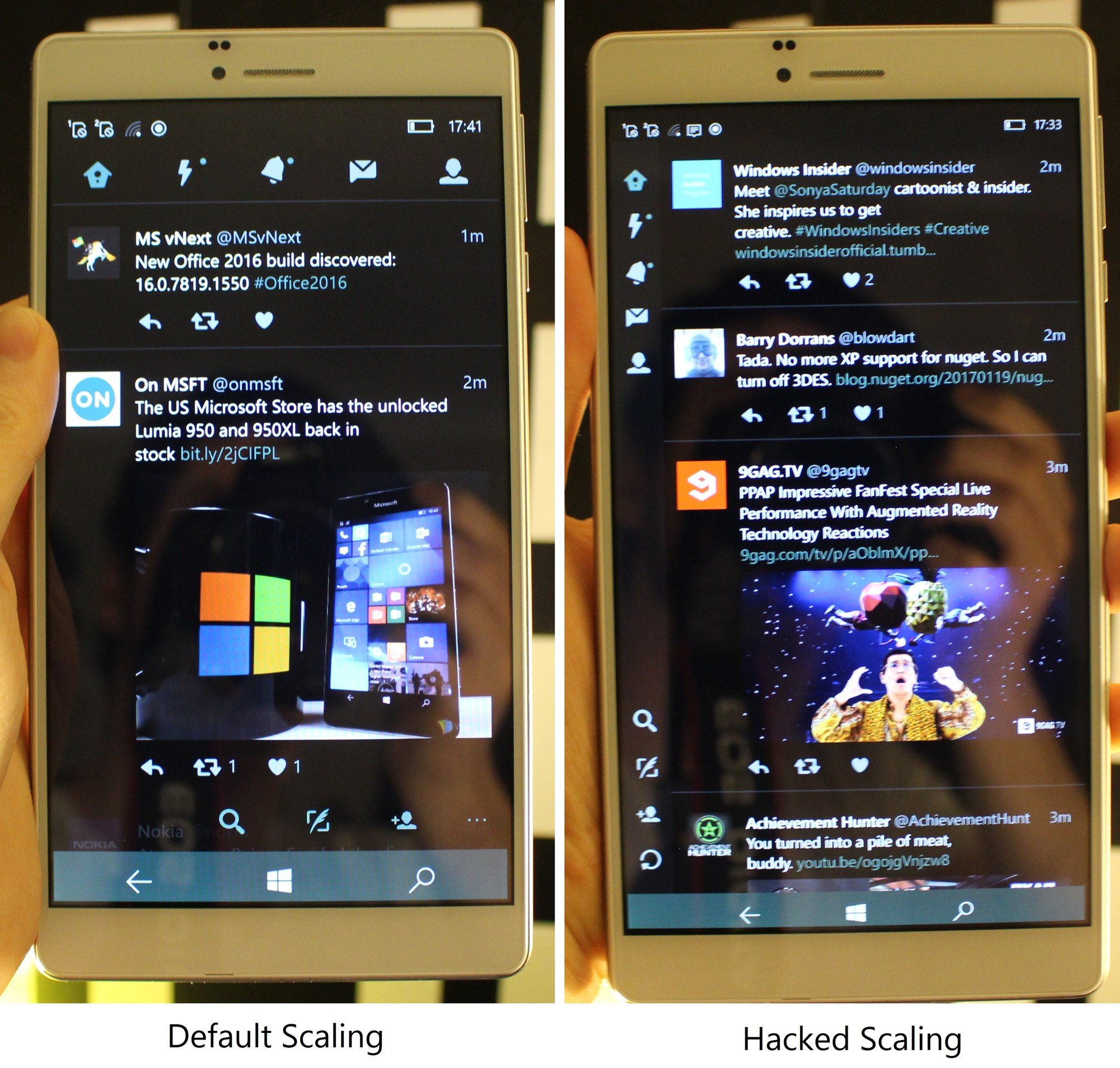
Battery life is pretty good. I can get through about a day using the tablet constantly. As it's a tablet, however, you probably won't be using it all the time. From light use, I can get through a day or two before needing to charge it again.
Unfortunately, there's still no true multitasking with 2 apps at once like on the iPad and some Android devices, but if Microsoft continues to work on Windows 10 Mobile, I wouldn't be surprised to see this show up at some point, especially if Microsoft is serious about Windows 10 Mobile on tablets.
But that's the problem, I don't think Microsoft, or anyone for that matter, are serious about Windows 10 Mobile on tablets. In fact, I'm not sure if they're serious about Windows 10 Mobile at all.
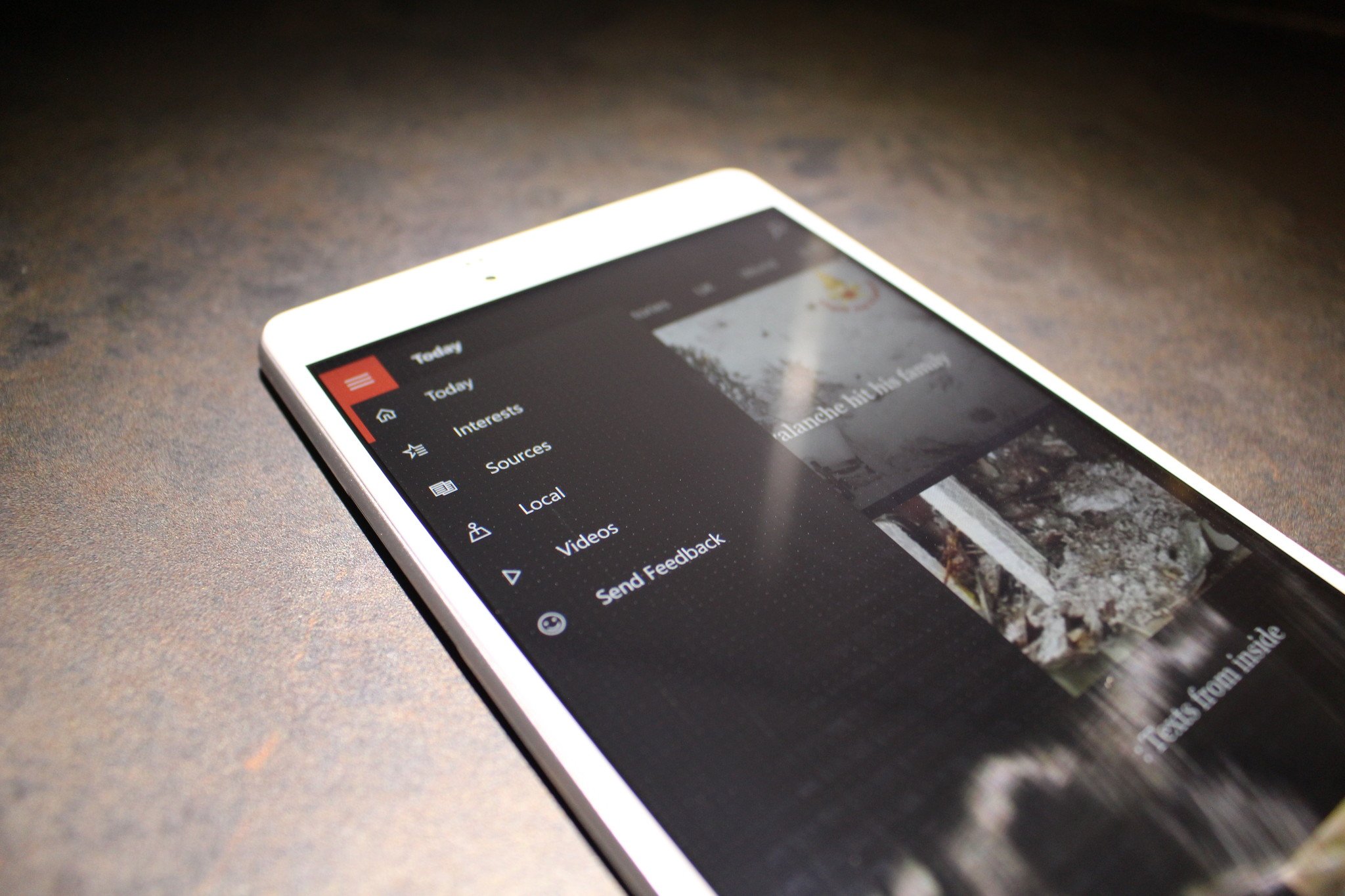
Over the last several months, you'd be right to feel hard done-by by Microsoft as a Windows 10 Mobile user, as it seems slowly but surely, less and less attention is being paid to the platform. Unfortunately, it doesn't look like Windows 10 Mobile tablets are going to take off anytime soon.
Get a full Windows 10 tablet
CUBE WP10: Conclusion
So, what are my thoughts on the CUBE WP10? I think it's pretty obvious; I can't recommend this device based on the out-of-box experience and the fact that it isn't supported by updates officially or via the Windows Insider Program. Along with the odd LCD issue causing some of the content to be cut off at the bottom of the display, and the lack of optimization to the OS displaying at 7-inches, the CUBE WP10 feels more like a prototype rather than an official product you can buy.
If however, CUBE had put a little more effort into the WP10, and actually made it so the device is supported with updates and did scale the OS correctly, this would be a fantastic mini-tablet for Windows 10 Mobile fans. Forcing the more tablet-friendly scaling on the CUBE WP10 made the experience so much better, to the point in which I actually enjoyed using the device in bed in the evenings, to watch content and browse the web/email.
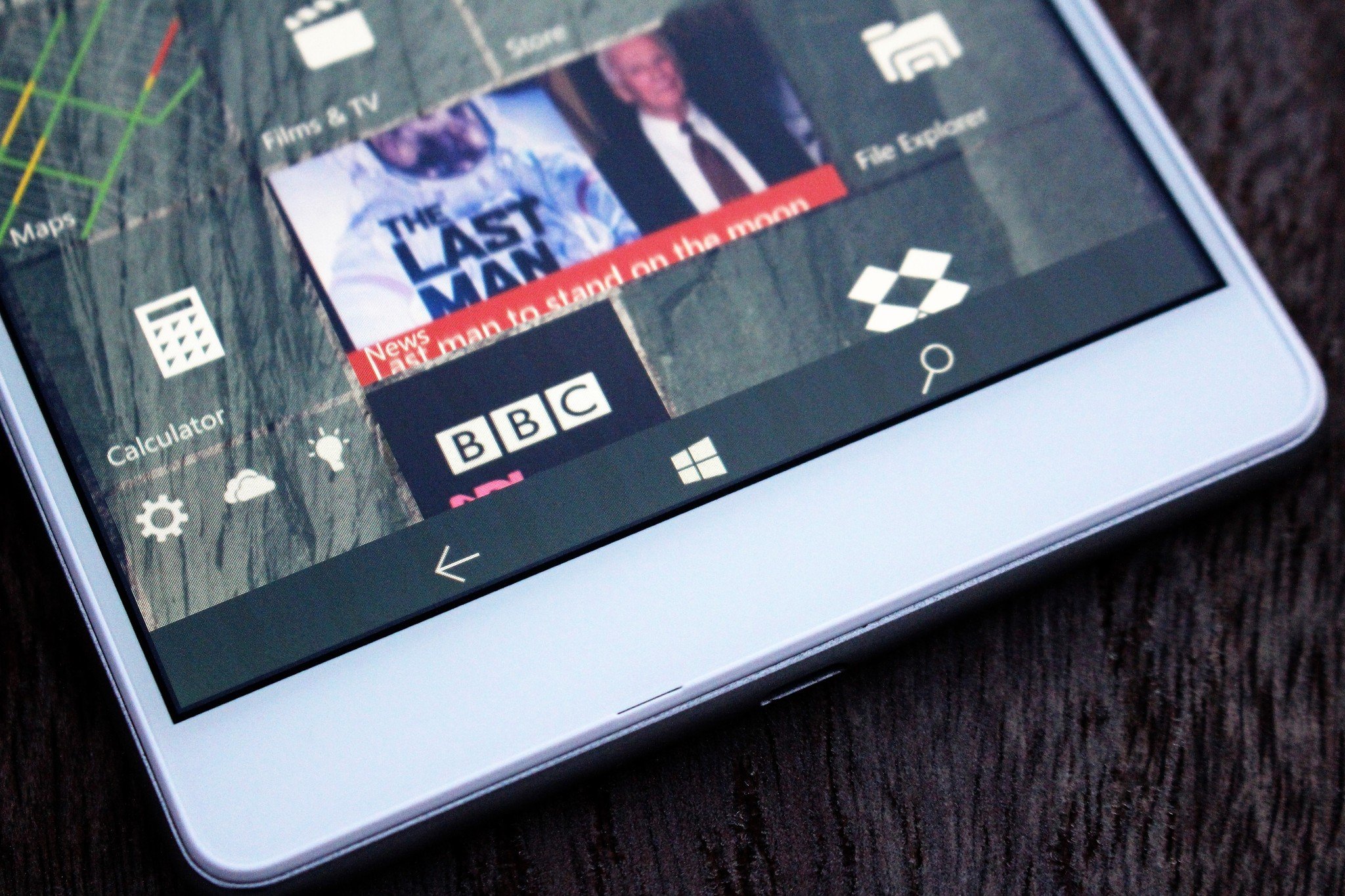
It's much more lightweight than, say, a full Windows 10 tablet, meaning they can be sold for cheaper with lower-end CPUs and not have to give up performance in the process. I was able to use apps like Office, Twitter, Edge and more on the CUBE WP10 and switch between them all quickly and easily without anything slowing down. The same can't be said on low-end tablets that run full Windows 10.
It's a shame because I had such high hopes for Windows 10 Mobile on tablets. It seems however that hardware makers aren't interested, and the ones that are (or, 1 in this case), don't seem to be doing the best they possibly can.
I think the future of Windows 10 on tablets lies with Windows 10 on ARM now anyway, and with upcoming updates to the Windows Shell, perhaps we could see a more tablet-orientated UI make its way to ARM tablets instead. I'm still hopeful, as that's all we have left as Windows 10 Mobile fans.
If you must buy a Windows 10 tablet right now, I'd suggest getting one with full Windows 10 and just using tablet-mode, albeit that experience isn't as good as Windows 10 Mobile's experience when optimized correctly.

